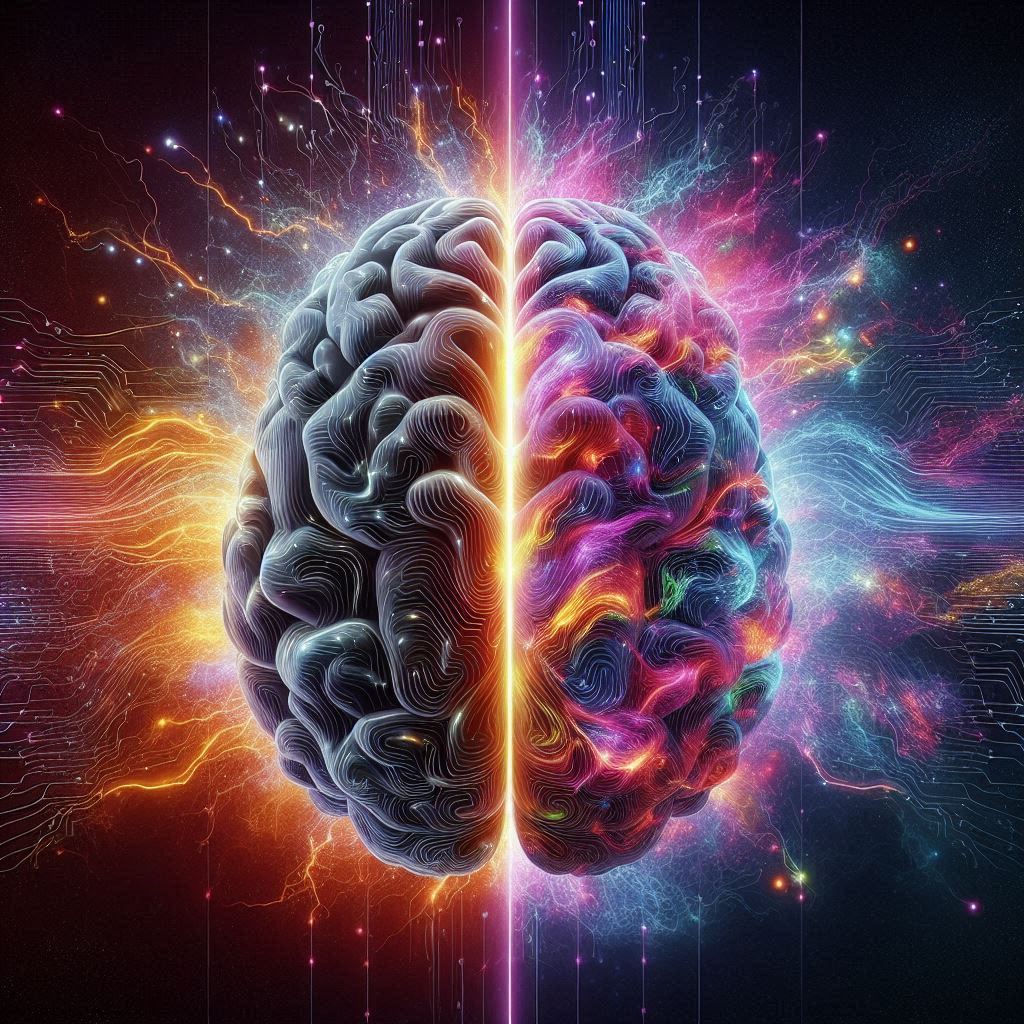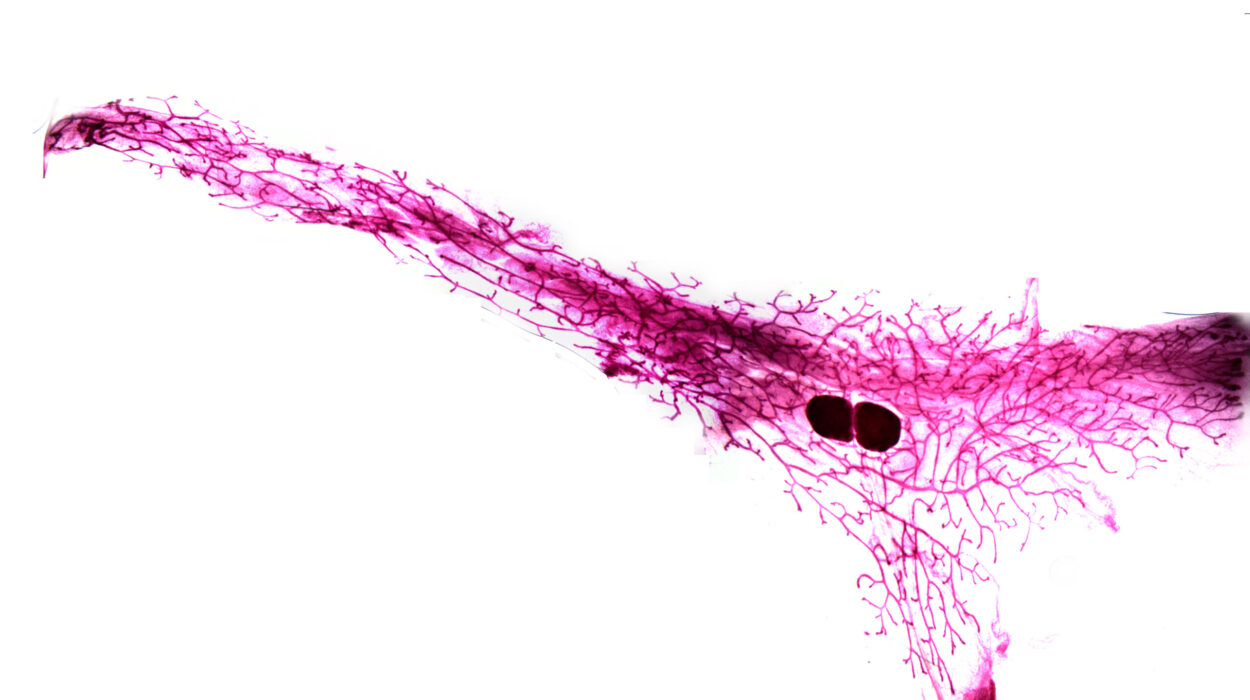For more than a century, medicine has drawn a clear line between the fields of neurology and psychiatry. Neurology was thought to deal with the physical structure of the brain—its cells, blood vessels, and electrical signals—while psychiatry focused on the invisible world of thoughts, emotions, and behavior. Yet in reality, these two sides of the human mind have always overlapped. Now, groundbreaking research from Norway is proving that this boundary may be far more artificial than once believed.
Scientists at the Center for Precision Psychiatry at the University of Oslo and Oslo University Hospital have discovered extensive genetic links between neurological disorders such as migraine, stroke, and epilepsy, and psychiatric illnesses including schizophrenia and depression. Their findings, published in Nature Neuroscience, challenge traditional medical divisions and open a new era of integrated understanding of brain disorders.
According to Dr. Olav Bjerkehagen Smeland, psychiatrist and first author of the study, “We found that psychiatric and neurological disorders share genetic risk factors to a greater extent than previously recognized. This suggests that they may partly arise from the same underlying biology, contrasting the traditional view that they are separate disease entities. Importantly, the genetic risk was closely linked to brain biology.”
In essence, this research blurs the line between mental and neurological illness, revealing a deeper biological unity within the human brain.
A Study of Nearly One Million Minds
The scope of the study is immense. The research team analyzed genetic data from nearly one million individuals, encompassing people diagnosed with a range of psychiatric and neurological conditions. This unprecedented dataset allowed scientists to compare patterns across disorders that had long been studied in isolation.
By mapping both shared and disorder-specific genetic signals, the researchers uncovered patterns that mirror what clinicians have long observed in practice—patients frequently show symptoms that cut across neurological and psychiatric categories. Someone with epilepsy may experience depression. A person with chronic migraine might also suffer anxiety. The overlap is real, and now the genetics confirm it.
Professor Ole Andreassen, leader of the Center for Precision Psychiatry, emphasized the clinical significance of this finding: “The results are consistent with what we see in hospitals—patients often present with overlapping symptoms across neurology and psychiatry. Our results support a more unified view of neurological and psychiatric disorders.”
The research points to a profound message: the mind and the brain are not separate entities—they are two expressions of the same biological system.
Shared Genes, Shared Origins
At the heart of this discovery lies the revelation that many neurological and psychiatric disorders share common genetic roots. These shared genes suggest that conditions like stroke and depression, or epilepsy and schizophrenia, may emerge from intersecting biological pathways rather than entirely separate ones.
However, the study also found that while there is significant overlap, each disorder still retains unique genetic and biological signatures. For example, genetic susceptibility to stroke was strongly tied to risk factors for thrombosis—the process of blood clot formation. Epilepsy, on the other hand, was closely linked to neurons, the brain’s electrical communication cells.
Meanwhile, the genetic risks for Alzheimer’s disease and multiple sclerosis were primarily associated with immune system regulation, emphasizing the intricate interplay between immunity and the nervous system. In contrast, psychiatric disorders such as schizophrenia and depression showed a consistent link to genes that influence neuron function, brain connectivity, and neurotransmission.
Dr. Smeland explains, “This tells us that neurological and psychiatric disorders are heterogeneous, but may still be connected within a common biological framework.” In other words, while each disorder follows its own biological path, those paths often originate from the same terrain.
The Biological Unity of Brain and Mind
For centuries, medicine has treated the brain as two separate worlds: one of biology, one of thought. Neurologists studied the hardware, while psychiatrists focused on the software. But this new study reinforces what many neuroscientists have suspected for years—that the distinction is more cultural than biological.
The brain is not divided between “neurological” and “psychiatric” zones. Every emotion, every seizure, every memory, every hallucination arises from the same intricate network of neurons, glial cells, blood vessels, and biochemical messengers. When something goes wrong, whether it manifests as a stroke or as schizophrenia, the origins may be shared at the genetic level.
This recognition could fundamentally change how medicine approaches brain disorders. Rather than separating treatment into two silos—mental and physical—doctors might move toward integrated approaches that address both aspects simultaneously.
Toward a New Kind of Medicine
The implications for patient care are enormous. As Smeland notes, “We should ask whether patients receive the best care when neurology and psychiatry operate in parallel rather than together.”
Many patients living with brain disorders struggle with overlapping symptoms. A person recovering from a stroke might experience deep depression. Someone with epilepsy may face cognitive challenges and anxiety. Current healthcare systems often divide such cases between specialists who rarely collaborate, forcing patients to navigate fragmented systems of care.
But if the same genes—and the same brain structures—underlie both types of conditions, then an integrated approach could yield better outcomes. A neurologist and a psychiatrist working side by side could see the patient as a whole person, rather than as a collection of separate diagnoses.
This approach aligns with the growing field of precision psychiatry, which seeks to tailor mental health care to each individual’s unique genetic, biological, and environmental makeup. The hope is to move away from one-size-fits-all treatments toward targeted interventions that address the root causes of illness.
Understanding Complexity Without Simplifying It
One of the most profound lessons from this study is that the human brain’s complexity defies simple classification. Just as nature rarely draws sharp boundaries between ecosystems, the brain resists neat separation into “neurological” and “psychiatric” domains.
Yet, the researchers also caution against erasing distinctions altogether. Each disorder still has unique biological features that must be respected. The goal is not to merge all diagnoses into one, but to recognize the connections between them and use that knowledge to improve care.
By identifying where genetics overlap—and where they diverge—scientists can begin to map the true architecture of brain diseases. This may help predict who is most at risk for multiple conditions, guide early intervention, and inspire new medications that address shared pathways rather than isolated symptoms.
A New Vision for Brain Science
This research from Oslo represents a powerful step toward reimagining how we understand the brain. It invites doctors, scientists, and patients alike to move beyond the old dichotomy of “mind versus body” and embrace a more holistic vision of human health.
The idea that schizophrenia and stroke, or epilepsy and depression, might share genetic roots would have sounded impossible a generation ago. Yet today, it highlights the intricate unity of biology and emotion—the way the same molecules that shape thought can also determine the brain’s physical resilience.
As Dr. Smeland reflects, “Improved knowledge exchange and closer collaboration between psychiatry and neurology could substantially benefit patients.” It is a call for integration not only in science but in compassion—to see every person with a brain disorder not as a fragmented case, but as a human being shaped by a single, beautiful, complex organ.
The Mind and Brain, Reunited
The findings from Norway do more than expand scientific understanding; they restore a sense of wholeness to how we view ourselves. For centuries, we have divided human suffering into categories—mental or physical, neurological or psychiatric—as if the brain’s struggles could be neatly contained.
But the truth revealed by genetics is simpler, and more profound: the same biological forces that guide our thoughts and feelings also govern our brain’s physical health. We are not divided beings. We are whole—body, mind, and genome intertwined.
This is not just science. It is a rediscovery of what it means to be human.
More information: Olav B. Smeland et al, A genome-wide analysis of the shared genetic risk architecture of complex neurological and psychiatric disorders, Nature Neuroscience (2025). DOI: 10.1038/s41593-025-02090-2






